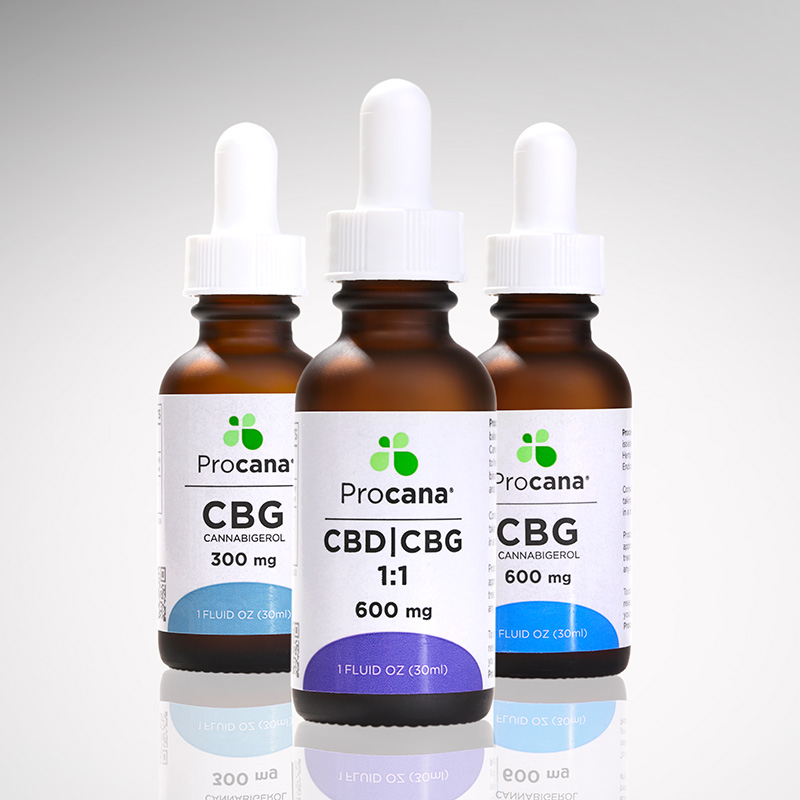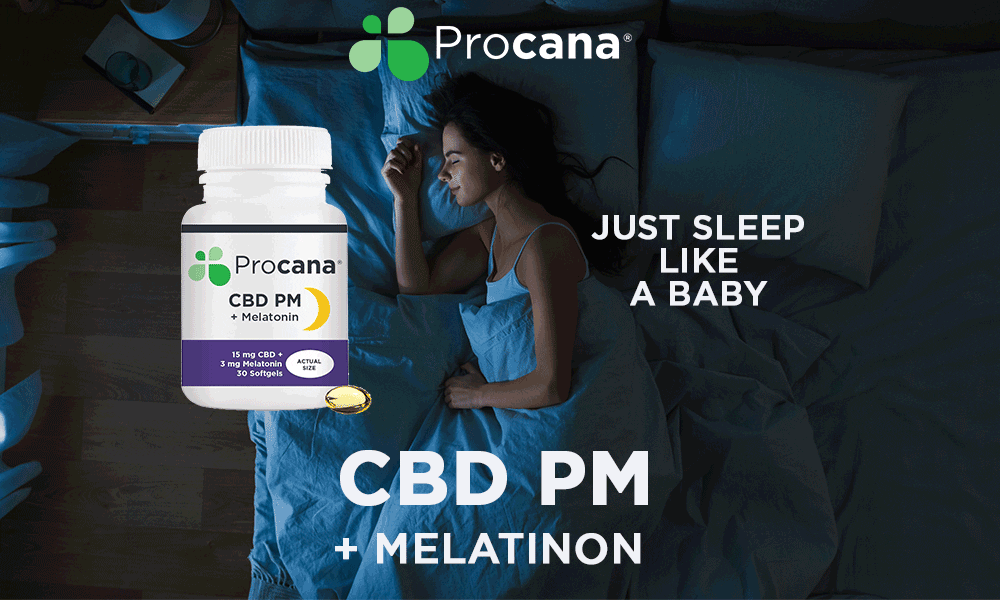Cannabigerol acid, aka CBGA, is one of many minor cannabinoids produced by the cannabis plant. A few years back, these minor cannabinoids were not in the limelight much as their benefits were completely unknown. Nowadays, due to the saturation of CBD products available on the market, people and researchers are focusing more on minor cannabinoids like CBGA and CBG.
You may be surprised to know that researchers and scientists have known of CBG for more than fifty years. A Japanese scientist revealed that CBGA was the precursor of other cannabinoids. That is why CBGA is also called the mother of all cannabinoids; yes, CBGA is the mother of all cannabinoids as, without it, no other cannabinoids like THC, CBG, and CBD could exist.
How Are CBGA and CBG Different?
Many people think that CBGA and CBG are the same, but the facts reveal a different story. CBGA is produced in the plant’s trichomes and precursor of all other cannabinoids, including CBG. CBG is a non-acidic form of CBGA. CBGA transforms into CBG when exposed to light and heat. Let’s break this down even further. CBGA emerges in flowering hemp plants around the third week of flowering. As the plant’s exposure increases to the sun’s UV rays, the CBGA molecule transforms into either THC, CBD, or CBC. It all depends upon which enzyme is available during the conversion of CBGA that dictates the outcome of the converting cannabinoids.
Unfortunately, CBG is not widely available in the cannabis plant. In fact, most cannabis strains only possess one percent of CBG in the whole plant. To yield more CBG from the hemp plants, farmers need to harvest their crops prior to it converting into other cannabinoids. However, this harvest will substantially lack THC and CBD levels produced in the later flowering phase.
CBG and CBGA Effects
It’s amazing how cannabis plants produce so many compounds that interact with the human endocannabinoid system. Similarly, CBGA and CBG both have different effects on the system. Following are some researches and studies that support their beneficial properties. Despite its long history, minimal research has been done on CBGA when compared to CBG.
- This study looked at CBGA’s role in activating peroxisome proliferator-activated receptors (PPARs) and their role in regulating metabolism. When PPAR receptors do not perform their functions properly, people may be more susceptible to developing diseases. This study showed that CBGA activated the PPAR receptors, thereby reducing excess lipid accumulation.
- We all have been through a global pandemic. Researchers are still analyzing to find the most effective ways to fight against this coronavirus. According to a study at Oregon State University, CBDA and CBGA successfully prevented the transmission of COVID in human cells. It is proposed that CBGA has great potential in combating viral infections.
- Inflammatory bowel disease, IBD, is an incurable disease and affects the lives of millions of people around the globe. According to a study, CBG is helpful in mitigating the symptoms of IBD.
- One more study supports that CBGA and CBG might have anti-cancer properties, especially in relation to colorectal cancer. Colorectal cancer is one of the major causes of mortality around the globe.
- Aldose reductase (ALR2) is a key enzyme involved in diabetic complications. A study shows that CBGA plays an important role in the inhibition of that particular enzyme. This study also shed light on the potential use of C. Sativa chemo types-based preparations as Aldose reductase inhibitors.
- You may have heard about Huntington’s disease. It is a degenerative brain disorder that affects cognition. Researchers have hopes that CBGA might help them against this disease. This study supports that CBGA can possibly protect the neurons that have Huntington’s disease. This means that CBGA has potential neuron protecting abilities. One more study supports that CBG might have a significant role against neurodegeneration due to its ability to battle oxidative stress.
- This study shows that CBG has potential anti-inflammatory effects on murine colitis and on IBS, inflammatory bowel disease. IBS is a common disorder, and it affects the large intestine. It can lead to severe complications if left untreated.
- You may be aware of the appetite-stimulating properties of cannabis. CBG can play an important role in appetite stimulation and is being studied to assist with other eating disorders. This study shows that CBG can increase meal frequency without producing negative neuromotor side effects.
- Obesity is an alarming health issue all around the globe. This study shows that CBG novel derivatives can play an important role in reducing obesity. This study supports CBG’s potential in affecting fat storage and adipocyte tissues. These tissues are closely related to obesity.
Frequently Asked Questions
Q. Is CBGA the Same as CBG?
No, CBGA is the precursor of all cannabinoids, including CBG. CBG is a non-acidic form of CBGA. CBGA is the first element produced in hemp plants which are later converted into CBG.
Q. Is CBG Oil Legal?
Hemp-derived CBG oil is defined by having less than 0.3 percent THC, is legal all over the USA. However, state laws may vary, so you must go through the laws of your corresponding state before making any sales or purchase. Different states have different laws for the regulation of cannabis products, and these laws are continuously evolving.
Q. Can CBG Get Me High?
Getting high is the major concern of many cannabis users. Moreover, many new users are also concerned about the psychoactive effects of any cannabinoid. The good news is that CBG doesn’t make you high.
Q. CBGA vs. CBG, Which Is Better?
It is a useless debate because both have their own importance and unique properties. CBGA affects the endocannabinoid system differently when compared to CBG, so their effects on the body are also different. Combining several cannabinoids has proven to be very effective for overall health.
Wrapping up the Things
Undoubtedly, CBGA and CBG both have beneficial properties, and their future is bright. There is another thing to keep in mind that research on these compounds is in its early phases. There is a need for more ongoing studies and clinical trials to uncover the full potential of these cannabinoids and their beneficial effects. Moreover, there is also a need to focus on harvesting CBGA and CBG-rich strains. Legislation of CBG products is another major concern, so there is a long road and many discoveries ahead.





